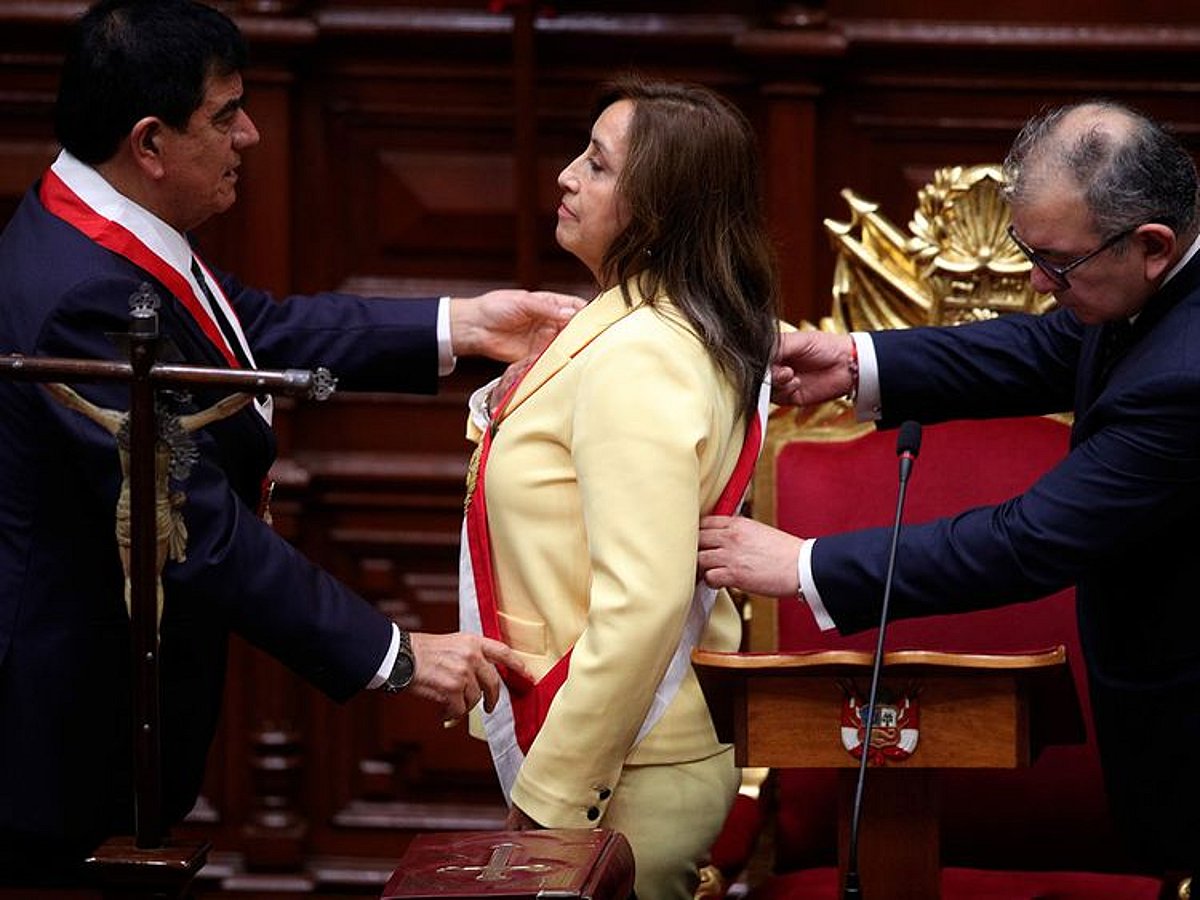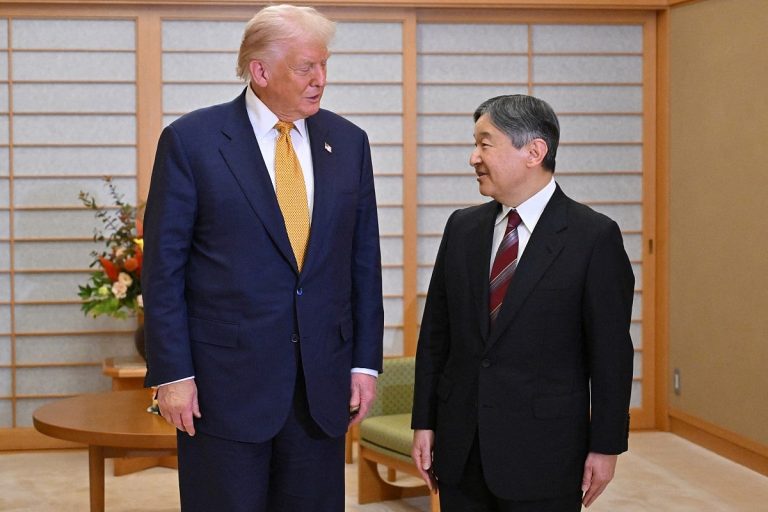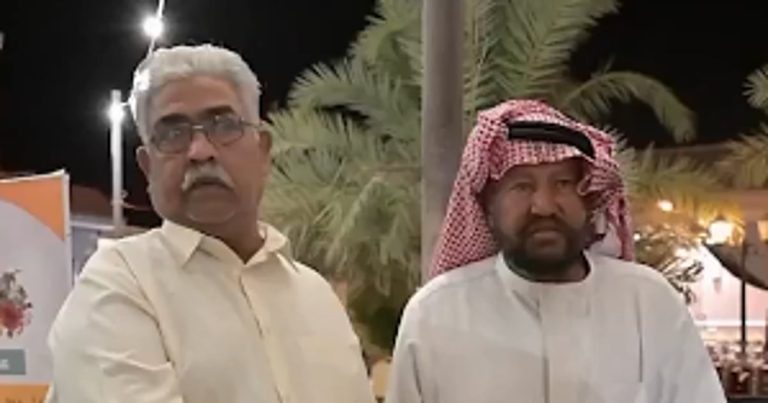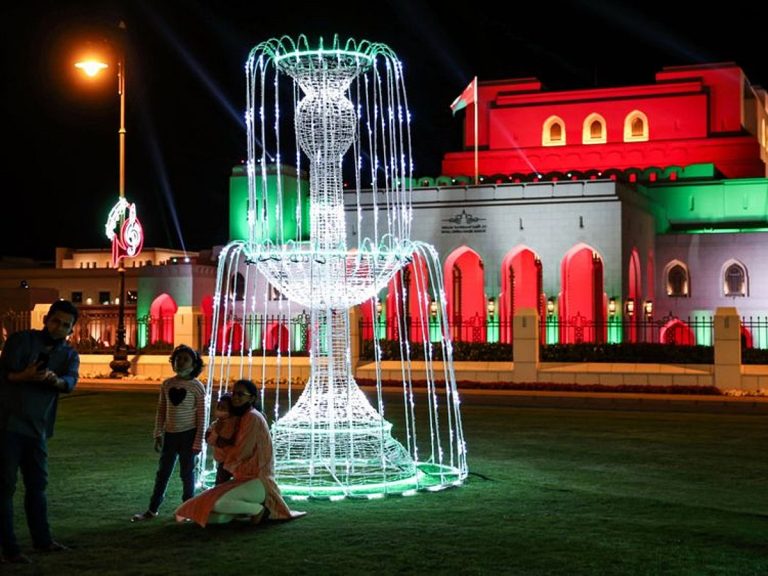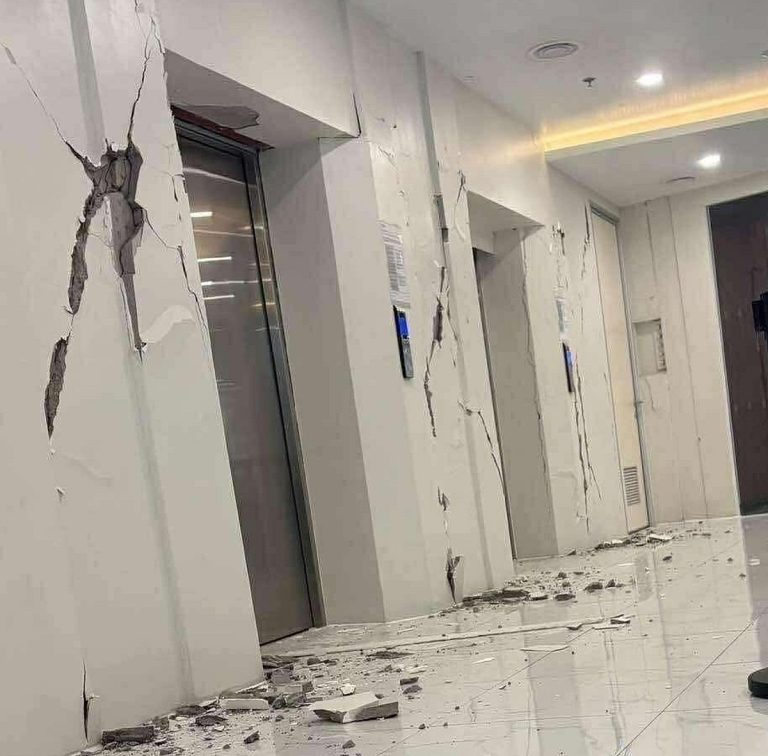Peru’s Political Crisis: Dina Boluarte Impeached Amid Violen
Peru is once again in the throes of political upheaval following the impeachment of President Dina Boluarte, marking the country’s seventh leadership change in just nine years. This swift political shift comes amid a backdrop of rising violence and public discontent, as citizens grapple with the ongoing influence of criminal gangs and ineffective governance.
The Impeachment of Dina Boluarte
Dina Boluarte’s removal from office was catalyzed by a tragic incident involving a gun attack on cumbia musicians in Lima, which many viewed as the tipping point in a series of violent events linked to extortion gangs. The impeachment process unfolded rapidly, reflecting the deep-seated dissatisfaction with her leadership. Boluarte exited with a staggering 96 percent disapproval rating, a figure that underscores her unpopularity compared to Congress, which itself holds an 89 percent disapproval rating.
Unlike the protests that erupted following the impeachment of her predecessor, Pedro Castillo, Boluarte’s ouster did not ignite widespread demonstrations. Many Peruvians, weary of political instability, expressed a sense of resignation. “We’ve traded one rat for another,” remarked Gaby Valdivia, a flower merchant, highlighting the pervasive cynicism towards the political class.
Rising Violence and Public Discontent
Peru has been grappling with a significant increase in violence attributed to criminal gangs, such as Los Pulpos and Venezuela’s Tren de Aragua. Reports indicate a staggering 540 percent rise in extortion cases, from 2,396 in 2023 to 15,336 in 2024. This surge in crime has led to tragic outcomes, including the murders of at least 47 bus drivers this year alone, underscoring the urgent need for effective governance and security measures.
The political landscape has been further complicated by protests from various sectors, including bus companies and students, who have rallied against the escalating violence and demands for protection money from gangs. The recent assassination of cumbia star Paul Flores, following his performance, intensified public outrage and prompted Congress to dismiss the interior minister.
Interim Leadership and Future Prospects
In the wake of Boluarte’s impeachment, Congress appointed Jose Jeri, the speaker, as interim president. Jeri’s administration faces the daunting task of addressing the security crisis while restoring public trust in the government. He has pledged to “declare war” on organized crime, but skepticism remains high among citizens who have witnessed repeated failures from their leaders.
Jeri’s transitional government is set to lead until elections scheduled for April 12, 2026. However, political analysts caution that the volatile nature of Peruvian politics may render this timeline uncertain. “He could become a president of a few days,” warned political scientist Fernando Tuesta, reflecting the precariousness of the situation.
Economic Stability Amid Political Chaos
Despite the political turmoil, Peru’s economy has shown resilience. The sol, the national currency, remains one of the most stable in Latin America, and inflation rates are relatively low, hovering below 1.4 percent. However, the economy’s reliance on informal employment—where seven out of ten workers lack social benefits or legal protections—poses significant challenges for long-term stability and growth.
FAQs
What led to the impeachment of Dina Boluarte?
Dina Boluarte was impeached following a gun attack on musicians in Lima, which highlighted her government’s failure to address rising violence and extortion by criminal gangs.
Who is the new interim president of Peru?
Jose Jeri, the speaker of Congress, has been appointed as the interim president following Boluarte’s impeachment, with plans to lead until the next elections in April 2026.
How has the public reacted to the political changes in Peru?
The public response has been largely apathetic, with many expressing cynicism about the political class and a belief that little will change despite the leadership shift.
Conclusion
Peru’s political landscape remains fraught with uncertainty as the country navigates yet another leadership change amid escalating violence and public discontent. With elections on the horizon, the interim government faces the critical challenge of restoring stability and addressing the pressing issues of crime and governance. The coming months will be pivotal in determining the future direction of the nation.
Also Read:
Gold Prices in Dubai Increase Amid Economic Concerns
UAE Advises Citizens on New EU Entry/Exit System Changes
Letitia James Indicted for Mortgage Fraud Amid Political Str

